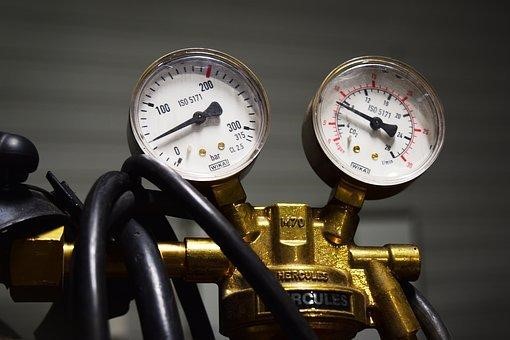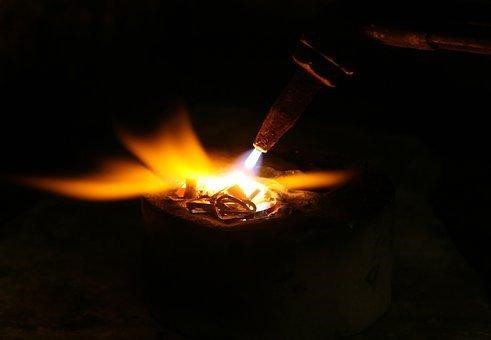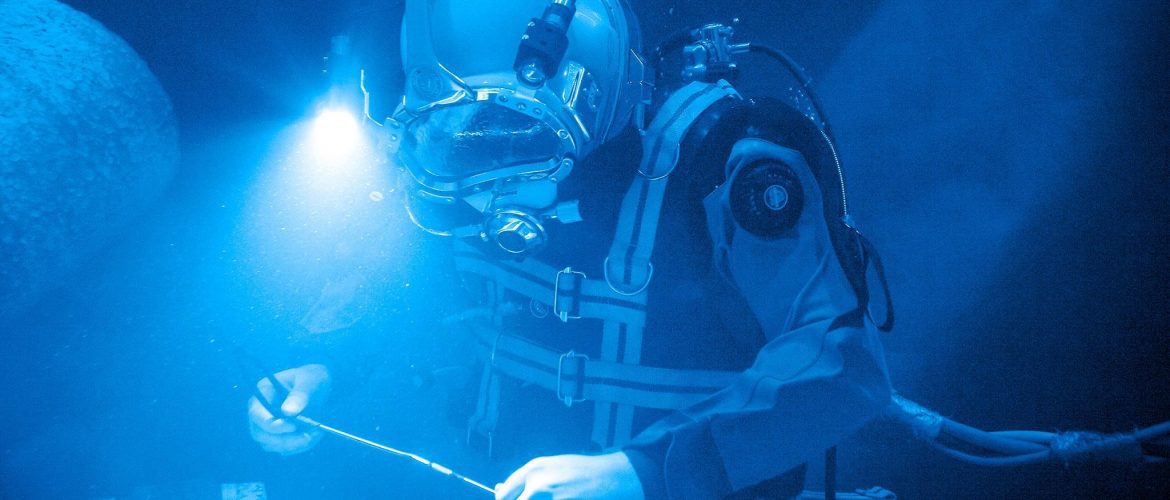Underwater welding, also known as hyperbaric welding, has been in practice since the early 1930s and is currently used in many areas of the globe for the maintenance and repair of partly or totally submerged maritime infrastructures. Welders on land construct bridges, dams, and small watercraft, whereas offshore welders construct pipelines, oil rigs, big ships, and even nuclear power plants.
Welding underwater is essentially the same as welding on land. Both use the same fundamental welding methods and equipment, which is why underwater welders often become qualified above-water welders first. However, it is a hazardous occupation that requires years of training to acquire not just the essential knowledge and skill set, but also the certification from an approved commercial diving school.
When discussing underwater welding, the first thing that springs to mind is the risk of water and electricity. Indeed, this is one of the job’s hazards, but strangely it is not the worst one (more about the dangers of underwater welding below).
There are two primary methods of underwater welding, which we’ll acquaint you with today. Keep reading to find out.

Wet Welding
Divers use Shielded Metal Arc Welding (SMAW) or “stick welding”, the majority of the time since it is the most cost-effective and adaptable technology for wet welding. Using this technique, an electric arc is created between the electrode and the infrastructure metals (such as stainless steel and aluminium) that are to be welded together.
Welder-divers must maintain clean electrodes. In addition, after divers have reached the welding spot, they often inspect the surrounding area for any impediments or potential safety concerns prior to executing the weld.
When the divers are ready, they begin by putting their electrodes on the target surface and alerting their team to activate the direct current which generates 300 to 400 amps (DC).
The thick layer of gaseous bubbles that the flux (or external coating) of the electrode forms to cover the weld and shelter the electricity from water, corrosive gases, and other oxidizing substances prevent the diver from being electrocuted. Direct current (DC) is safer and more effective than alternating current (AC) when used underwater.
Dry Joining
Dry welding or habitat welding uses a hyperbaric chamber and follows the suite of the same fundamental welding technique. Connected hoses wash away water and replace it with a combination of gases, such as helium and oxygen after forming a seal around the structure that must be welded.
The hyperbaric chamber inflates to the right depth to prevent decompression sickness once all water has been evacuated.
The approach used will depend on the chamber’s dimensions. Here are the four kinds of dry welding techniques available to welder-divers:
- Pressure Welding
- Habitat Welding
- Dry Chamber Welding
- Dry Spot Welding

Bottomline
Welding is one of the most often used procedures for connecting and fabricating diverse structures. Horizon Marine Services provides welding consumables suppliers in the UAE, to market to facilitate the demand for quality and reasonable prices. In the UAE, we are a one-stop shop for welding consumables.
Horizon’s welding consumables comprise highly dependable supplies that meet the diverse needs of many sectors. From multiprocessing and heavy-duty welding machines to sophisticated, simple, portable welding equipment with durable and ergonomic handles, all of these products are displayed on our website and are highly recommended in terms of all standard benchmarks. We offer prompt delivery of all types of welding consumables across the UAE’s emirates.



No comments yet.